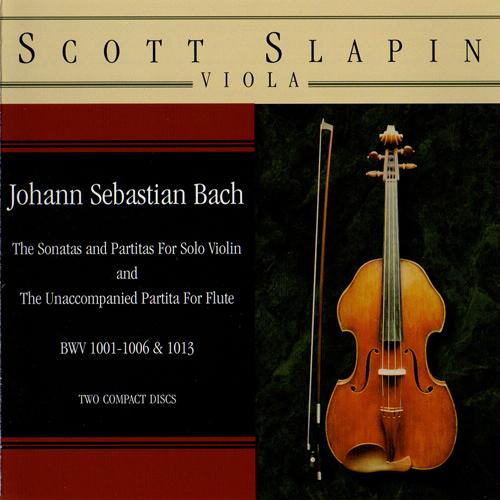Baseball fans will argue until they are blue in the face
about everything and anything. Was this player “Safe” or “Our”? Was that ball
“Fair” or “Foul”? Who was the better pitcher: Steve Carlton or Tom Seaver?
Everybody has their GOAT - “Greatest of All Time”. Honus
Wagner? Ty Cobb? Babe Ruth? Is that before or after the Colour Barrier was
broken? Was that before or after games were played at night? Do “Steroid era”
players get considered?
To me, the GOAT was Willie Mays. He could do everything – he
could hit, he could run, he could play the field… Everybody remembers that
catch at the Polo Grounds during Game 1 of the 1954 World Series. I wasn’t born
yet, but I saw the footage. Nobody will ever remember Vic Wertz – the guy who
thought he hit it out of Mays’ reach – but he’s viewed today as a goat
of a different kind…
Baseball fans aren’t the only ones to debate things, as we
humanoids are an argumentative bunch! The GOAT argument is something that
transcends baseball and gets into every human endeavor, and the parameters that
make somebody ”great” are always open to interpretation.
Although it may not be a fair question to ask, who is – in
your mind – the GOAT among Classical Music luminaries – composers, performers…
Not easy…
The reason why it isn’t easy is because the playing field
isn’t level. Going back to baseball for a minute, the game has evolved a lot
over 100-plus years, athletes are bigger and stronger, the parameters of play
have changed – whether the pitcher’s mound was at this or that height, whether
seasons had this many or that many games, whether or not teams travelled from
coast to coast. I mean, it’s hard to come up with ways of compensating for
these factors when players played under different conditions.
Rather than come up with pie charts and graphs to justify my
answer, let me just come out and make a statement – Wolfgang Amadeus Mozart
is Classical Music’s GOAT, the Greatest of All Time.
We all know the story, and we all saw the film [Amadeus
(1984)]. Mozart showed prodigious ability from his earliest childhood. Already
accomplished on keyboard, he picked up the violin and became so good at it that
he was second (and sometimes first) chair on the Salzburg court orchestra! He
composed from the age of five and performed before European royalty.
At 17, he was engaged as a court musician in Salzburg, but
grew restless and travelled in search of a better position, always composing
abundantly. While visiting Vienna in 1781, he was dismissed from his Salzburg
position. He chose to stay in the capital, where he achieved fame - but little
financial security.
During his final years in Vienna, he composed many of his
best-known symphonies, concertos, and operas, and portions of the Requiem,
which was largely unfinished at the time of his death. The circumstances of his
early death have been much mythologized (RE: the afore-mentioned Amadeus).
To say that Mozart was prolific is an understatement – J.S.
Bach’s works catalogue more than doubles the size of Mozart’s, but he did live
to a ripe old age… Mozart wrote in many genres (opera, symphony) that weren’t
in vogue - and he wrote for instrument combinations that weren’t usual - in
Bach’s time. He composed over 600 works, many acknowledged as pinnacles of
symphonic, concerto, chamber, operatic, and choral music. He is among the most
enduringly popular of classical composers, and his influence on subsequent
Western art music is profound.
This summer, all my Friday blogs will feature the music of
Mozart, most of them from past posts from my many plartforms. I also am
programming four new podcasts dedicated to the Mozart piano concertos, feauring
foive great pianists of the 2oth century. Here’s the menu –
July 3 - Ideomeneo re di Creta (Past post from my
series Once or Twice a Fortnight) http://itywltmt.blogspot.com/2015/07/mozarts-idomeneo.html
July 10 – Pianist Mitsuko Uchida is featured in three Mozart
piano concertos
July 17 - Mozart's European Vacation (Encore from ITYWLTMT) http://itywltmt.blogspot.com/2015/07/mozarts-european-vacation.html
July 24 – Pianist Clara Haskil is featured in three Mozart
piano concertos http://itywltmt.blogspot.com/2015/07/clara-haskil-mozart.html
August 1st - Le Nozze di Figaro
August 7 – Pianists Murray Perahia & Radu Lupu are
featured in three Mozart piano concertos – one each individually, and one as a
tandem
August 14 – Mozart String Quartets
August 21 – Pianist Geza Anda is featured in three Mozart
piano concertos
August 29 – Mozart and his Horny Friends http://itywltmt.blogspot.com/2015/08/mozart-his-horny-friends.html






